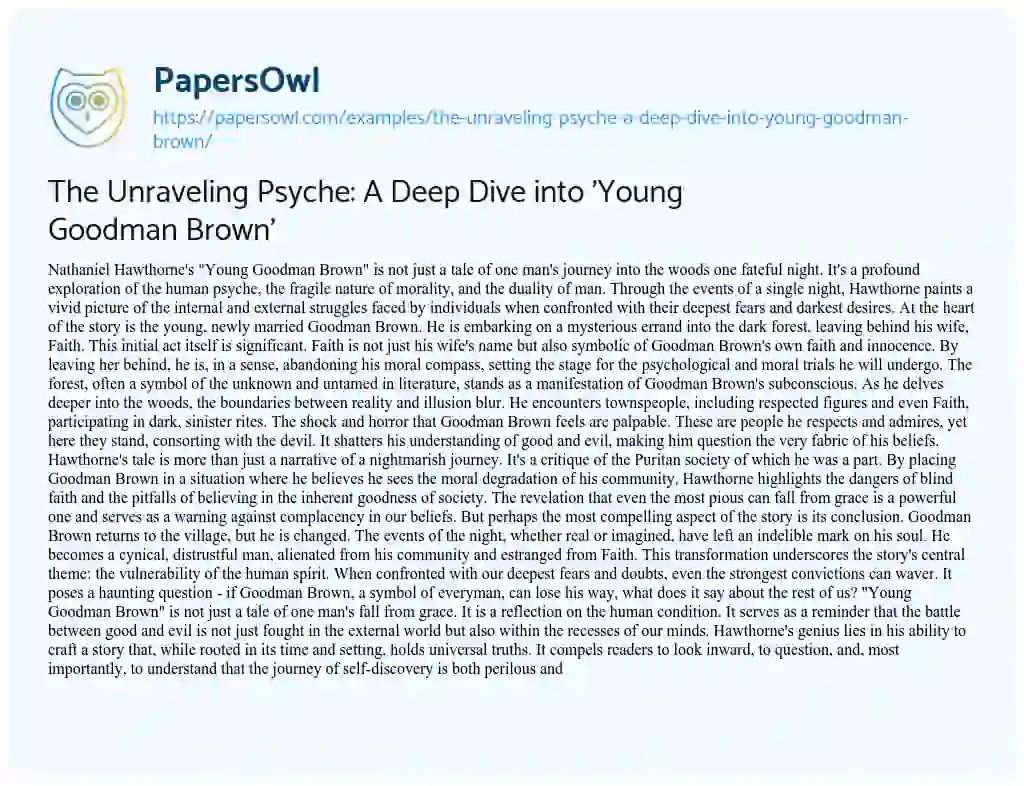The Unraveling of Marnie: A Deep Dive into Hitchcock’s Psychological Thriller
Associated Articles: The Unraveling of Marnie: A Deep Dive into Hitchcock’s Psychological Thriller
Introduction
On this auspicious event, we’re delighted to delve into the intriguing subject associated to The Unraveling of Marnie: A Deep Dive into Hitchcock’s Psychological Thriller. Let’s weave fascinating info and supply recent views to the readers.
Desk of Content material
The Unraveling of Marnie: A Deep Dive into Hitchcock’s Psychological Thriller
Alfred Hitchcock’s Marnie (1964), typically overshadowed by his extra celebrated works, stays a compelling and unsettling exploration of trauma, guilt, and the elusive nature of identification. Whereas missing the instant visceral thrills of Psycho or the suspenseful magnificence of North by Northwest, Marnie affords a deeper, extra psychologically nuanced investigation into its protagonist, a fancy and deeply troubled girl whose previous haunts her current with devastating penalties. This text delves into the movie’s intricate narrative, its masterful use of symbolism, and the enduring energy of its ambiguous ending, revealing why Marnie continues to resonate with audiences a long time after its launch.
The movie facilities on Marnie Edgar (Tippi Hedren), a ravishing however enigmatic girl with a penchant for theft. She drifts from job to job, charming her manner into positions of belief earlier than stealing giant sums of cash and disappearing with no hint. Her compulsive habits just isn’t pushed by monetary want; quite, it appears rooted in a deep-seated psychological disturbance. That is vividly illustrated via her intense worry of storms, her aversion to the colour purple, and her inexplicable suits of rage and violence. These seemingly disparate traits are progressively revealed as signs of a much more profound trauma, a trauma that Hitchcock masterfully unveils all through the movie’s fastidiously constructed narrative.
Mark Rutland (Sean Connery), a rich and perceptive businessman, turns into captivated by Marnie. He witnesses her theft firsthand however, as an alternative of turning her in, he turns into decided to know her and assist her overcome her affliction. His pursuit of Marnie is not purely romantic; it is infused with a paternalistic intuition, a need to heal the injuries he senses lie beneath her guarded exterior. This dynamic provides an interesting layer to the narrative, shifting the main focus from a easy thriller to a fancy character examine. Rutland’s unwavering pursuit, regardless of Marnie’s apparent resistance and manipulative tendencies, highlights the movie’s exploration of obsession and the complexities of human connection.
Hitchcock masterfully employs visible storytelling to convey Marnie’s inside turmoil. The recurring motif of storms completely mirrors the tempestuous feelings raging inside her. The colourful reds she avoids, typically related to blood and violence, symbolize her repressed trauma, a trauma immediately linked to her childhood experiences. The movie’s cinematography, notably the usage of mild and shadow, additional enhances this impact, creating a visible language that speaks volumes about Marnie’s fractured psyche. Using close-ups on Hedren’s face permits the viewers to witness the refined shifts in her feelings, from icy detachment to moments of vulnerability, revealing the internal battle that drives her actions.
The movie’s exploration of trauma just isn’t merely superficial. The gradual unveiling of Marnie’s previous, notably her childhood experiences along with her abusive mom and the witnessing of a traumatic occasion involving a horse, supplies essential context for understanding her current habits. These flashbacks, although fragmented and suggestive, are highly effective of their means to evoke a way of empathy for Marnie, regardless of her manipulative actions. The movie does not excuse her habits, however it supplies a compelling clarification for it, demonstrating the lasting affect of childhood trauma on grownup character and habits. This nuanced portrayal of trauma was groundbreaking for its time, transferring past simplistic depictions and providing a extra psychologically complicated understanding of its results.
The connection between Marnie and Rutland is equally complicated. It is not a traditional romance; it is a battle of wills, a psychological duel between a girl desperately making an attempt to regulate her previous and a person decided to assist her confront it. Rutland’s persistence, bordering on obsession, is each admirable and unsettling. His dedication to know Marnie’s motivations, even on the threat of his personal emotional well-being, reveals a deep-seated empathy that transcends the standard romantic tropes. Their relationship turns into a microcosm of the movie’s bigger themes, highlighting the intricate dance between love, obsession, and the battle for self-discovery.
Nonetheless, the movie avoids simplistic resolutions. The ambiguous ending leaves the viewers pondering the true extent of Marnie’s restoration. Whereas the ultimate scene suggests a tentative step in direction of therapeutic, the lingering uncertainties about her full rehabilitation elevate questions in regards to the lasting affect of trauma and the opportunity of real redemption. This ambiguous conclusion mirrors the complexity of the human psyche, acknowledging the enduring energy of the previous and the challenges of reaching lasting private transformation.
Marnie‘s enduring energy lies in its means to unsettle and provoke. It is not a movie that provides simple solutions; as an alternative, it presents a fancy and deeply unsettling portrayal of a girl grappling along with her previous. The movie’s masterful use of symbolism, its psychologically nuanced characters, and its ambiguous ending mix to create a cinematic expertise that lingers lengthy after the credit roll. It challenges viewers to confront the complexities of human habits, the enduring energy of trauma, and the elusive nature of identification.
Moreover, the movie’s exploration of gender roles inside the context of Sixties society provides one other layer of complexity. Marnie’s manipulative habits and her struggles with societal expectations of girls are subtly but powerfully portrayed. Her place as a girl in a male-dominated world contributes to her emotions of powerlessness and her determined makes an attempt to regulate her setting. This side of the movie affords a compelling commentary on the societal pressures confronted by ladies throughout that period.
The performances by Tippi Hedren and Sean Connery are integral to the movie’s success. Hedren’s portrayal of Marnie is each fascinating and unsettling, capturing the character’s icy exterior and underlying vulnerability with outstanding talent. Connery, as Rutland, supplies a counterpoint to Marnie’s guardedness, his unwavering dedication offering a vital ingredient of hope amidst the movie’s darkness. Their on-screen chemistry is palpable, fueling the depth of their complicated relationship.
In conclusion, Marnie is greater than only a psychological thriller; it is a profound exploration of trauma, identification, and the complexities of human relationships. Its ambiguous ending, its masterful use of symbolism, and its compelling performances mix to create a cinematic expertise that continues to resonate with audiences immediately. It is a movie that calls for repeated viewings, revealing new layers of that means and interpretation with every encounter. Whereas it is probably not Hitchcock’s most generally celebrated work, Marnie stands as a testomony to his enduring mastery of suspense and his profound understanding of the human psyche, solidifying its place as a big contribution to the cinematic panorama. It’s a movie that stays with you, lengthy after the lights come up, prompting reflection on the enduring energy of the previous and the enduring battle for self-discovery.







:max_bytes(150000):strip_icc()/51OK6NrwY5BevTRyHZHG7F36pel-4-6c29e4caebe445e3aa8e50789020ef4c.jpg)
Closure
Thus, we hope this text has offered beneficial insights into The Unraveling of Marnie: A Deep Dive into Hitchcock’s Psychological Thriller. We thanks for taking the time to learn this text. See you in our subsequent article!
